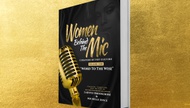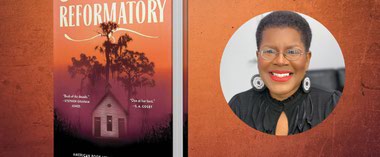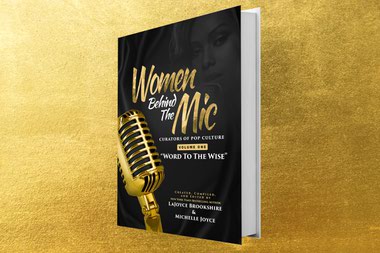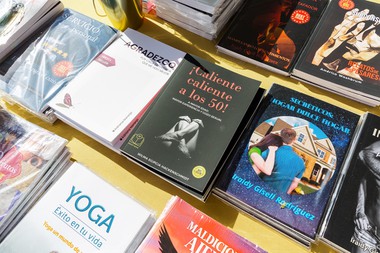The Details

- Thomas Jefferson: The Art of Power
- By Jon Meacham, $35
At a White House dinner for Nobel laureates, 50 years ago last April, President Kennedy famously remarked, “I think this is the most extraordinary collection of talent, of human knowledge, that has ever been gathered together at the White House, with the possible exception of when Thomas Jefferson dined alone.”
When Jefferson lived there, it was known simply as the President’s House, and he often dined alone, or with his secretary, Meriwether Lewis, later of “and Clark” fame. Handed the presidency in February 1801 by the House of Representatives, after a close and bitter election the previous fall, Jefferson had repaired alone from Monticello in Virginia’s Albemarle County to the unfinished mansion on Pennsylvania Avenue. “A social creature, Jefferson nevertheless lived in relative domestic isolation in Washington,” writes Jon Meacham in his new biography of the third president, Thomas Jefferson: The Art of Power.
The nation has not wanted for Jefferson biographies. Willard Sterne Randall’s robust Thomas Jefferson: A Life (1993) entered a long line going back to Jefferson’s own Autobiography. But Randall dismissed what Meacham and later historians accept—that Jefferson fathered several children with his slave, Sally Hemings, who came to Monticello through his wife Patty. She was, in fact, Patty’s half-sister. In 1998, DNA analysis confirmed a genetic link between Hemings’ children and white Jefferson descendants. Meacham pointedly notes that the widower president arrived in Washington with neither of his two daughters and that no records show Sally Hemings as having visited the President’s House, either. Later, he quotes one of the Hemings descendants to the effect that Jefferson doted on his official grandchildren and not those from his relationship with Hemings.
Meacham, former editor of Newsweek and now a contributing editor for Time, writes with a journalist’s ease, and the way he works the Hemings narrative into Jefferson’s both complicates and humanizes the man. We are used to thinking of Jefferson as Kennedy’s Renaissance man, but Meacham sees him also as a shrewd political tactician who craved and craftily wielded power. We can still admire Kennedy despite his somewhat less troublesome failings, and it serves us well to appreciate a compromised Jefferson, who was still a great president.
Along with quelling Barbary pirates and annexing the Louisiana territory, Jefferson sought to heal a dangerously divided young nation while setting a definitively democratic course for it. “We are all Republicans, we are all Federalists,” he proclaimed in his inaugural address. It’s an ideal worth recovering today.







Previous Discussion: